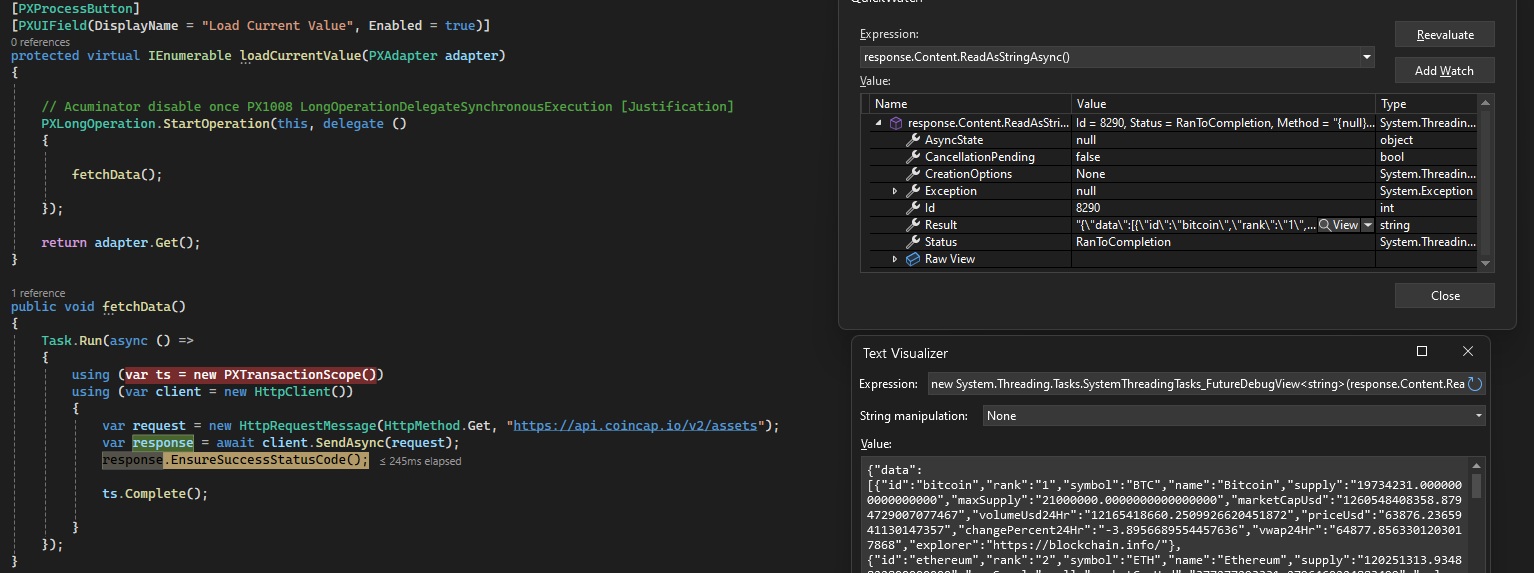By default, Json responses of a web Service end points looks bellow.
{
"id": "9c089d8c-086c-ee11-8358-06c5a29671a4",
"rowNumber": 1,
"note": {
"value": ""
},
"BaseCurrencyID": {
"value": "USD"
},
"Branch": {
"value": "GRITIRES"
},
"ControlTotal": {
"value": 14800.0000
},
"CurrencyEffectiveDate": {
"value": "2023-03-15T00:00:00+00:00"
},
"CurrencyID": {
"value": "USD"
},I need to format it as below
{
"id": "9c089d8c-086c-ee11-8358-06c5a29671a4",
"rowNumber": 1,
"note": "",
"BaseCurrencyID": "USD",
"Branch":"GRITIRES",
"ControlTotal": 14800.0000,
"CurrencyEffectiveDate": "2023-03-15T00:00:00+00:00"
}and i need to customize the request body format also as above. is it possible in Acumatica ERP?







